Several of Japan’s castles like to do a bit of ancestral name-dropping with regard to Ieyasu Tokugawa. We have already visited Hamamatsu Castle and Sunpu Castle, both in Shizuoka, where Japan’s great Shogun spent enough time to merit a bit of a boast, but it was here at Okazaki Castle in December 1542 that he was born and it was to here that he returned to lay his foundation for the grand task of unifying Japan.
The castle itself can be traced back to the mid 15th century but, as usual in Japan, the castle you see now is not the original. The one that now stands was built as recently as 1959, although the moat and the stone walls of yonder still remain.
What I most enjoyed about the castle today was that for a mere ¥300 I could step into its cool interior and escape a heat so strong that I feared some of my organs were coming to the boil. The main keep has five floors to explore. You start with a cornerstone and explanation of some of the castle’s construction materials, move up a steep narrow staircase to an explanation of the castle’s history and a few exhibits of swords and excavated artefacts, ascend further to find out about the lives of the citizens of the area in olden times and then, on the 4th floor, you can have a 3D video experience of the castle and its surroundings as they were in Edo times (1600 - 1867). I sat and watched a bit, and then left hoping nobody would notice the small puddle of sweat that I’d left behind.
On the top floor, you could step outside to enjoy 360° views of the surrounding area and resume sweating with gusto.
This wasn’t my first time here. I’d visited six years ago but remembered little of the castle keep whose features, lovely as they are, had merged with so many other Japanese castles that I have seen. The grounds, though, had remained in my memory, particularly a delightful mechanical clock and a beautiful Noh theatre.
The clock face is a six-metre-tall Seiko creation that, every half hour, opens up and releases a small karakuri traditional Japanese mechanical puppet who proceeds to do a dance for a few minutes. He even does a deft mask exchange during it. The puppet acts out important scenes from the life of Ieyasu Tokugawa. Today I arrived moments too late, I think, and was, left staring blankly at an unmoving facade.
Nearby, is the Ninomaru Noh Theatre, a municipally run outdoor performance space dating from 1989. The stage is crafted from hinoki wood under a roof supported by four thick wooden pillars. In a semi-circle, 300 amphitheatre style seats fan out around the stage. On our last visit, we were fortunate enough to arrive just as a Noh performance was beginning. It was wonderful, all flutes and drums, clangs and whistles, slow dancing and comical hats. I loved it.
Well, I missed out today, but I almost felt a slight sense of relief for I am quite sure I would have melted completely had I sat outside to watch.
Instead, I squelched my way past the moat and its thick green-covered water and chafed my way back to my car to head onwards to my next destination.
Current tally: 121 / 2,338
Prefectures: 11 / 47





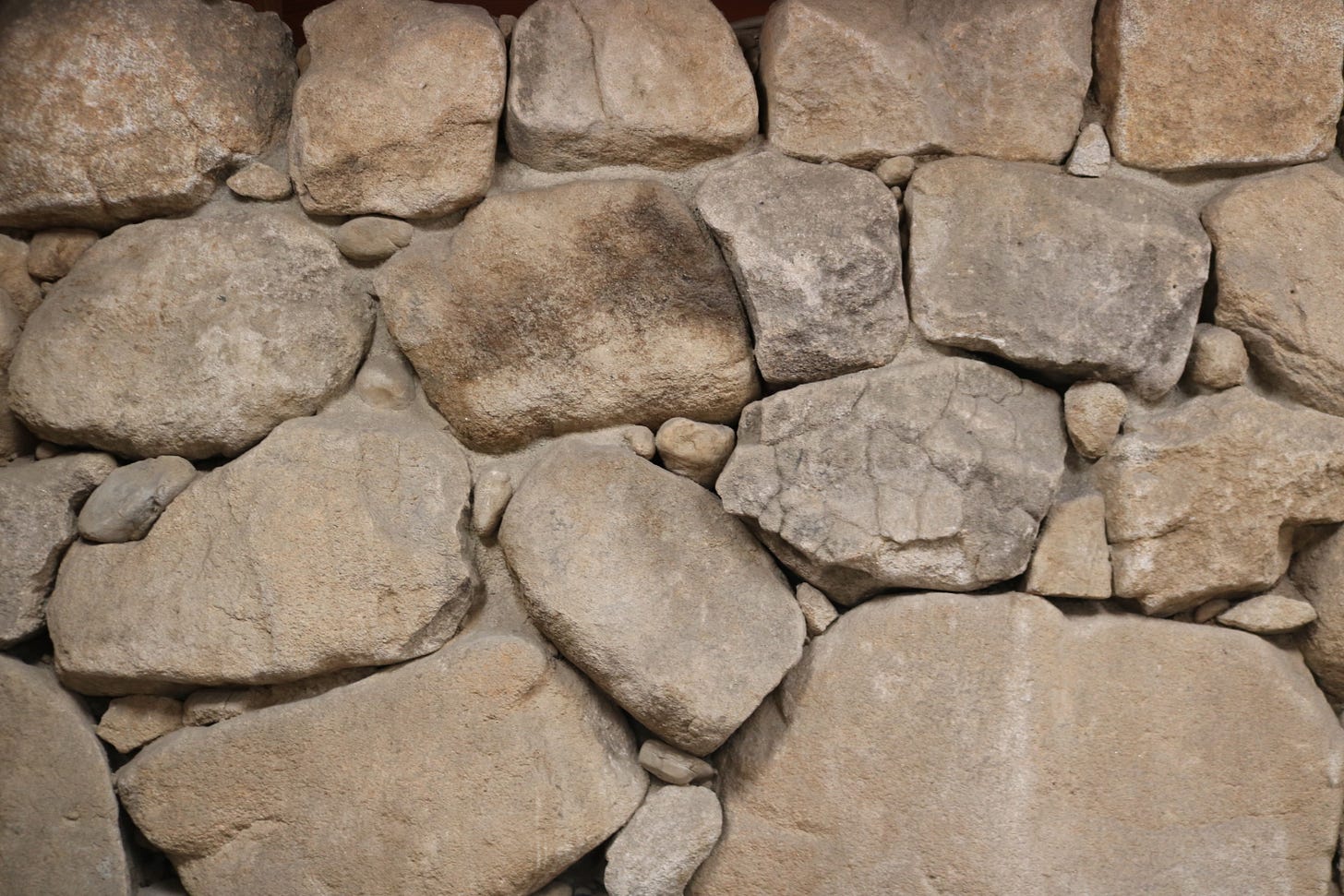

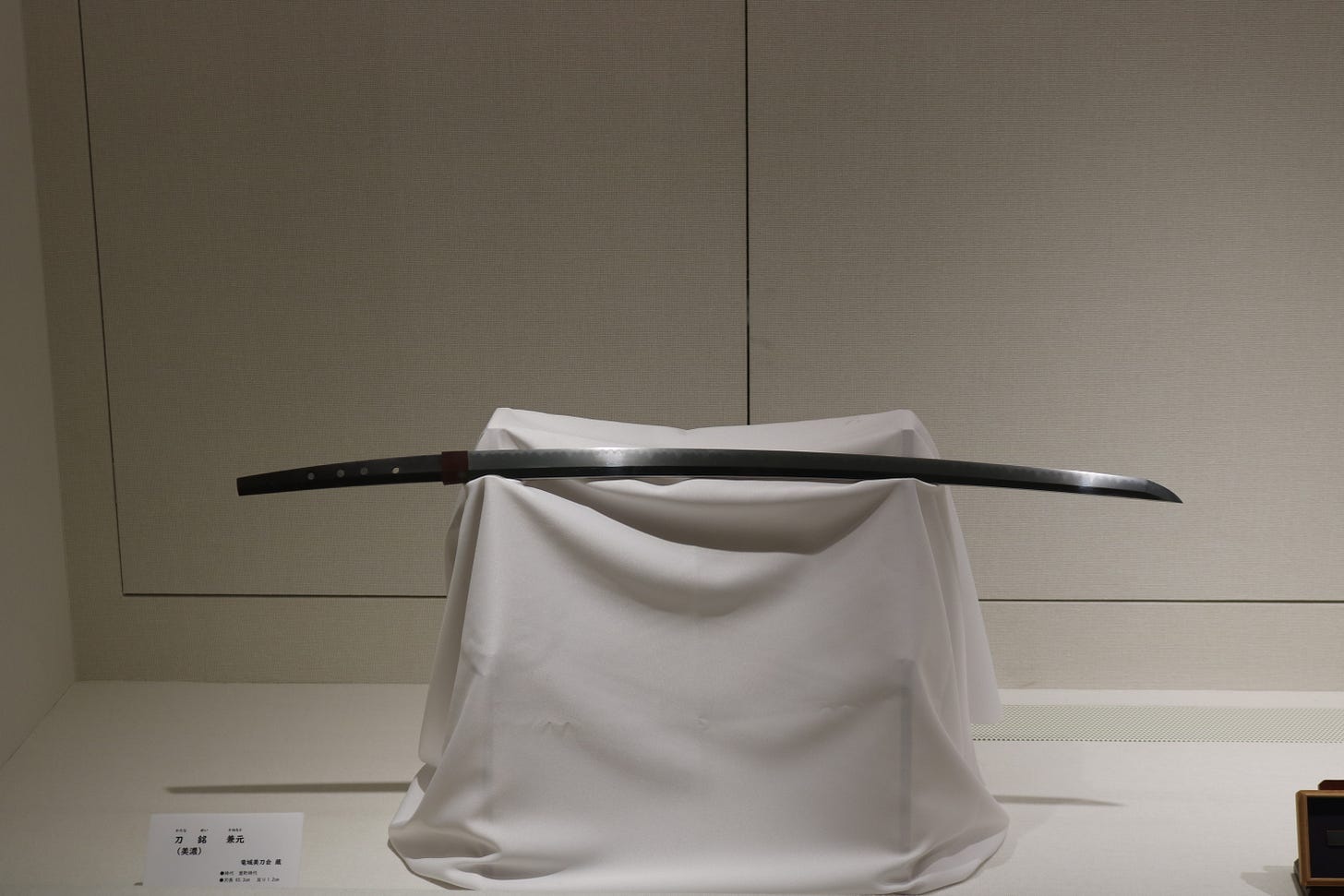
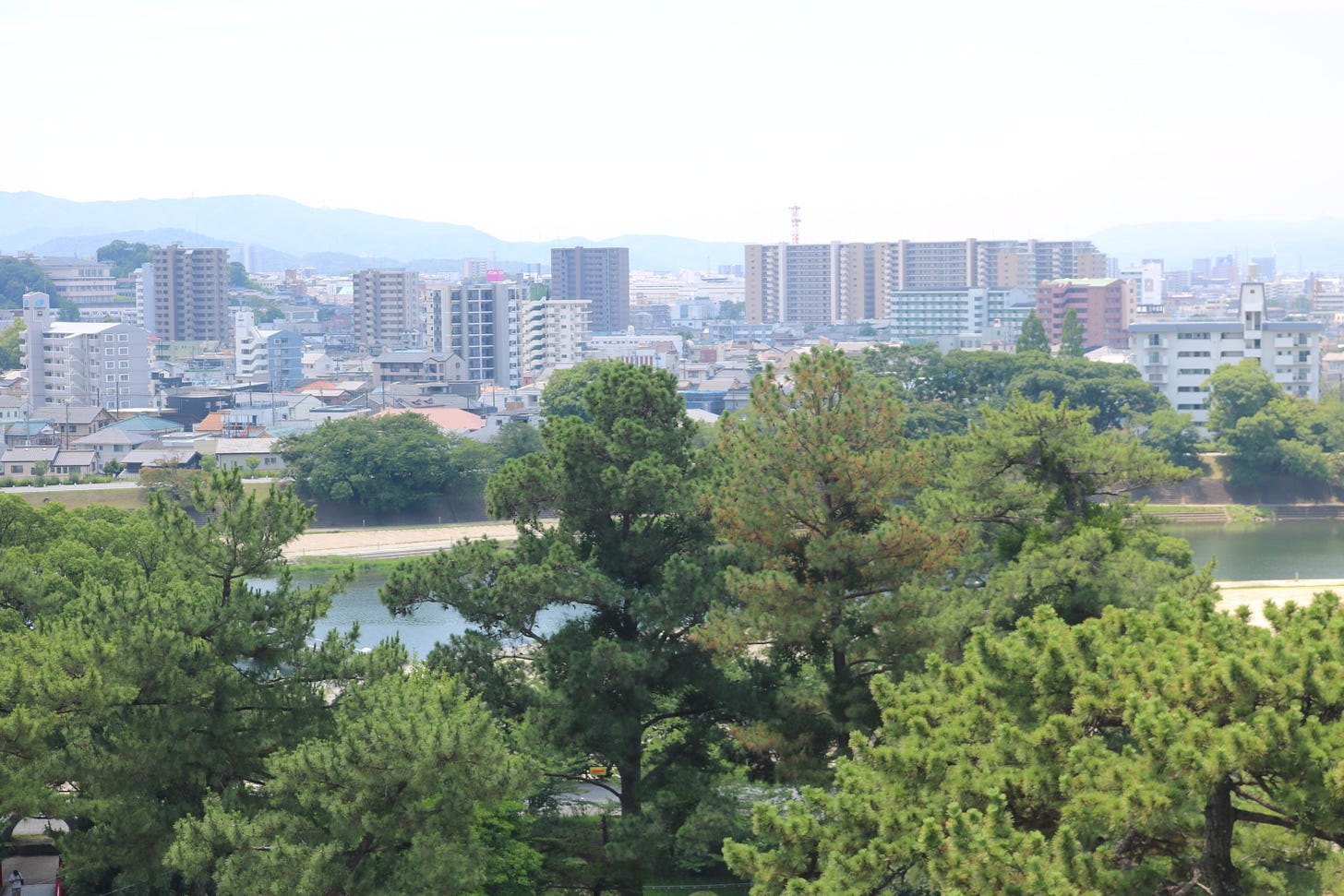
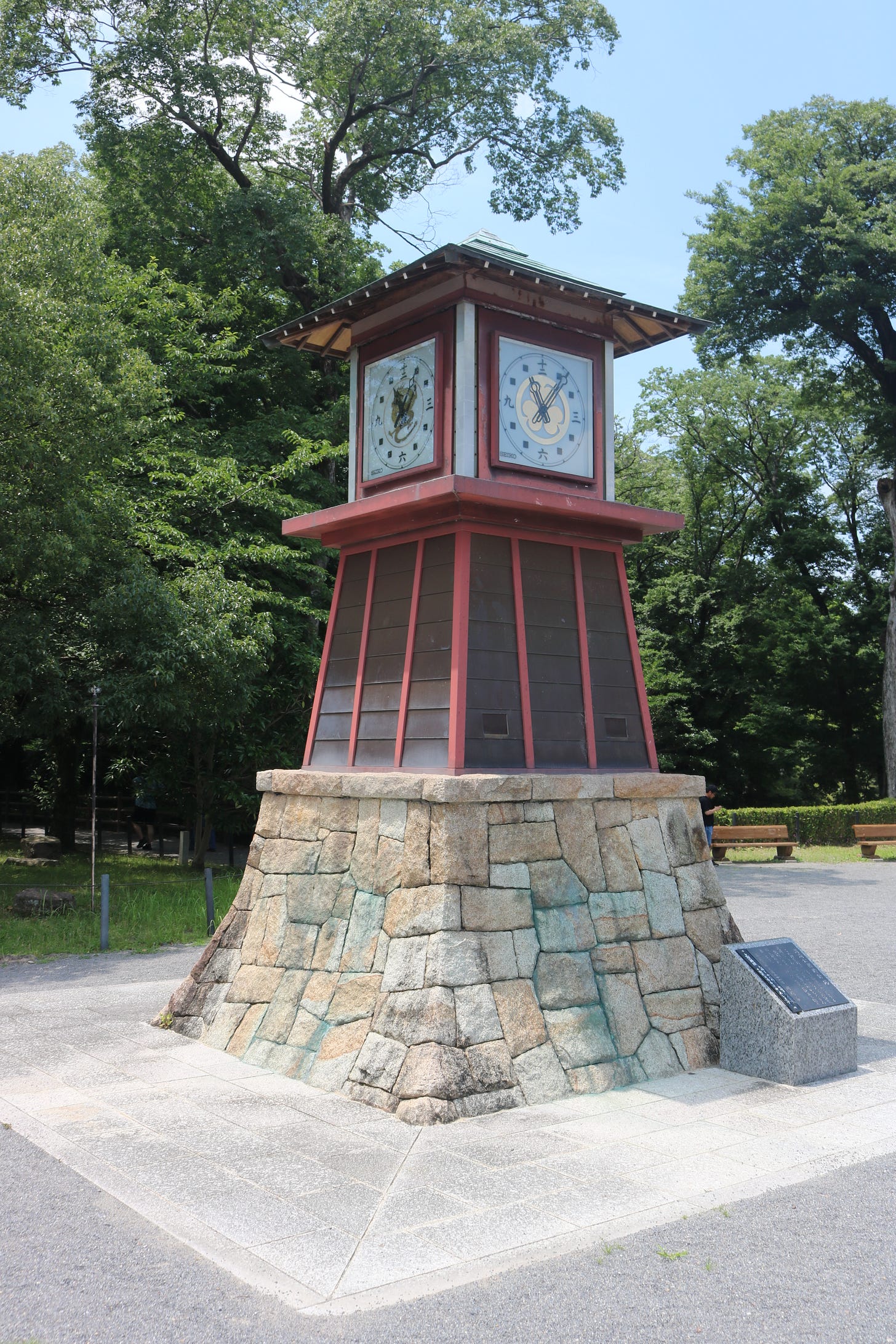
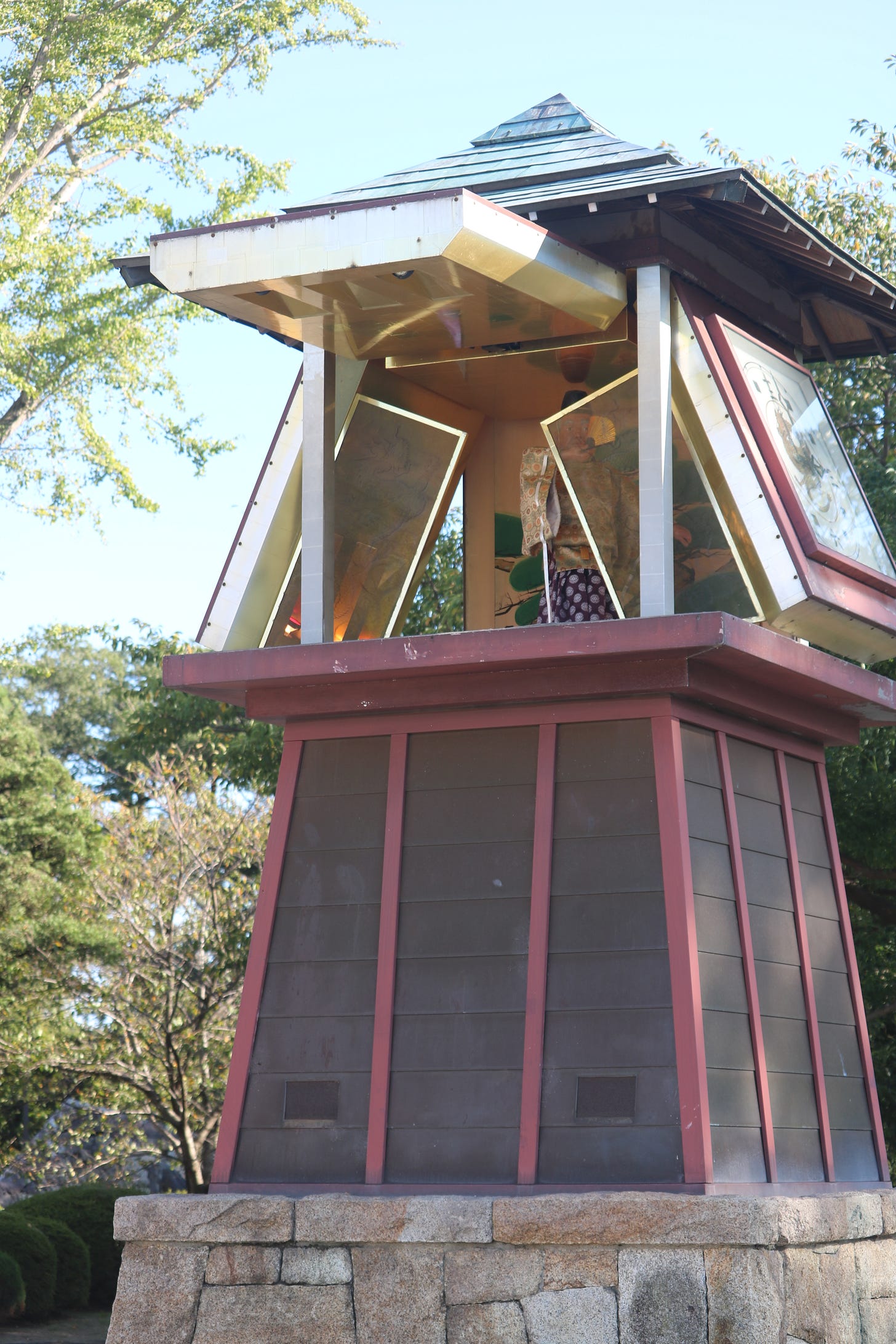
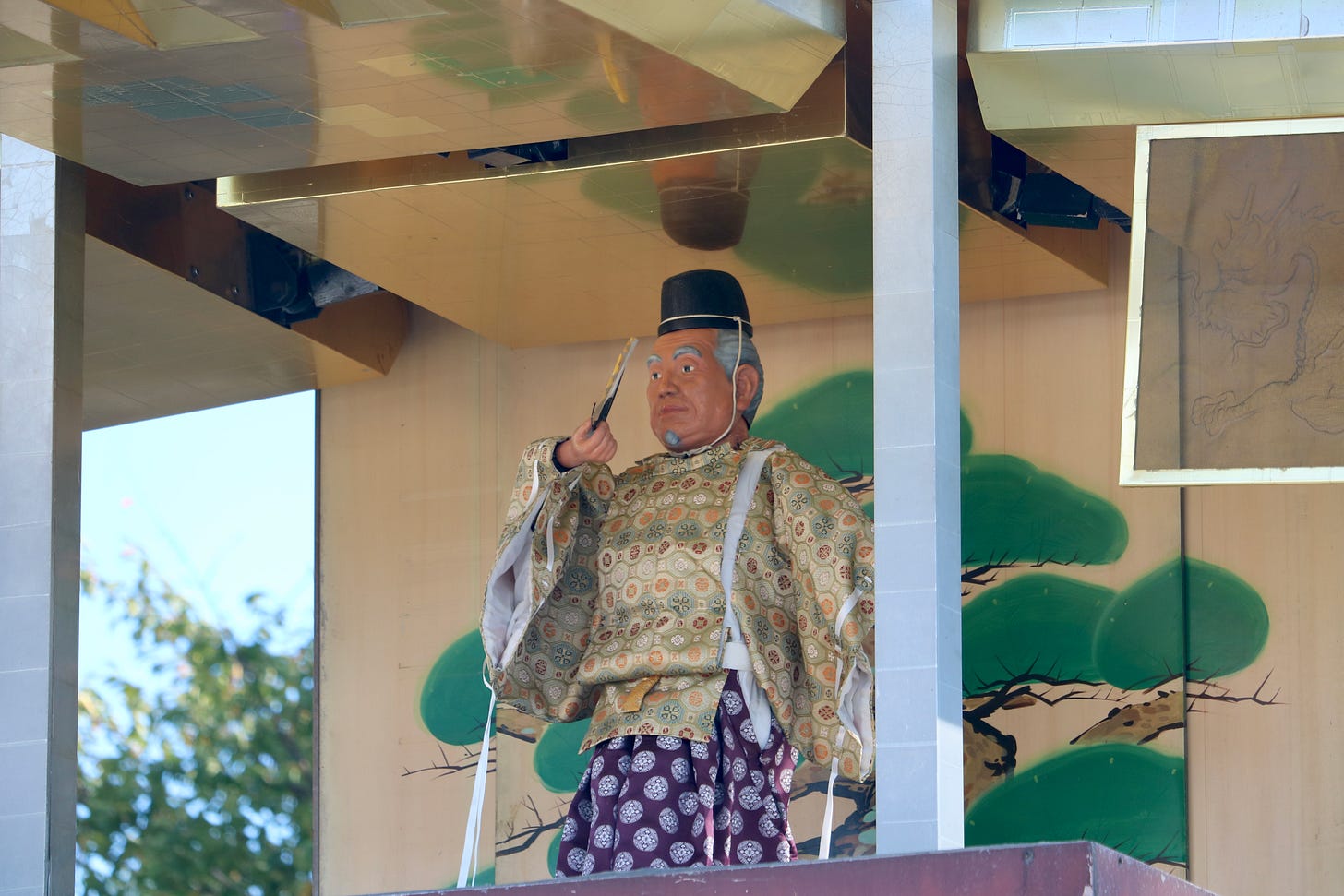


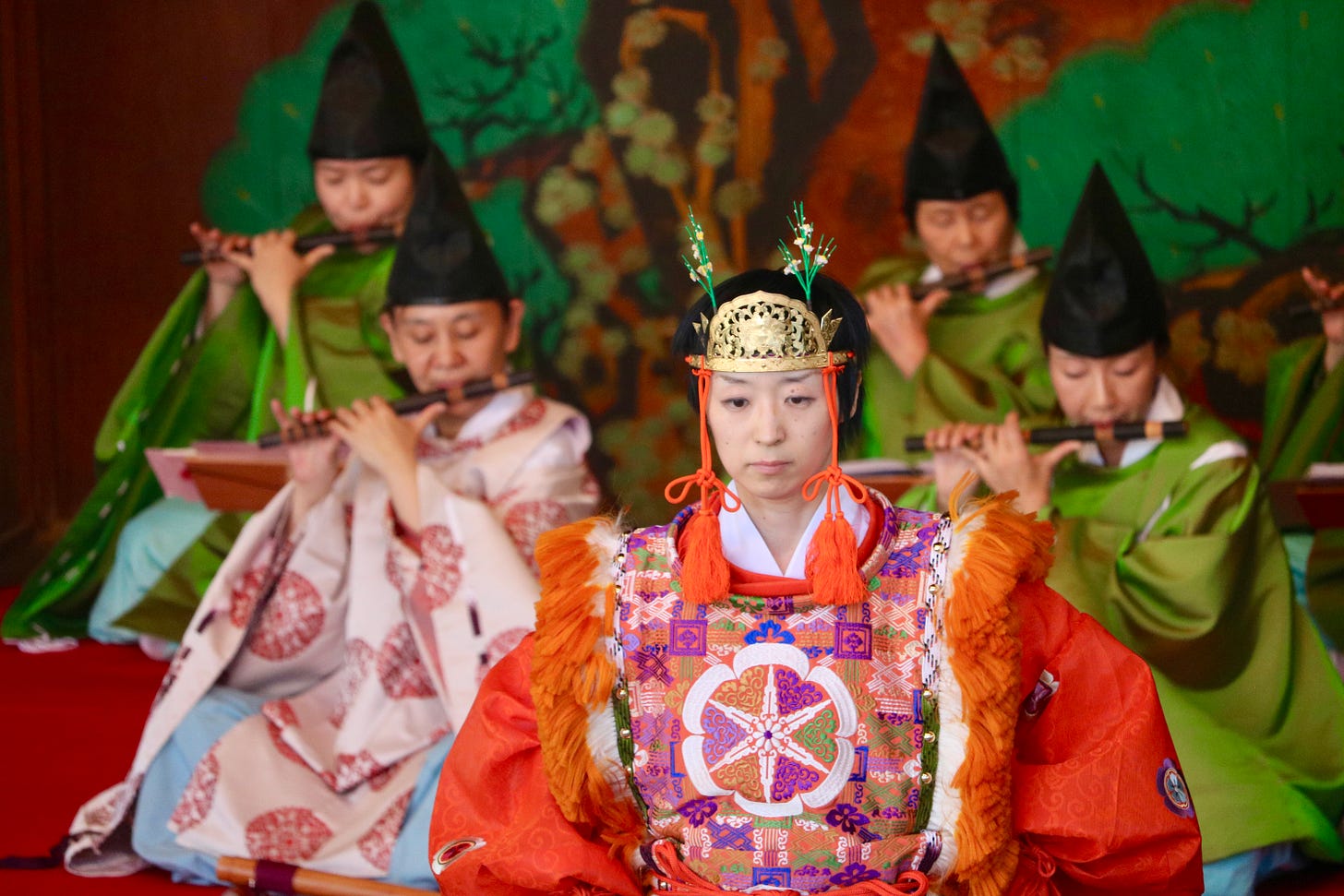

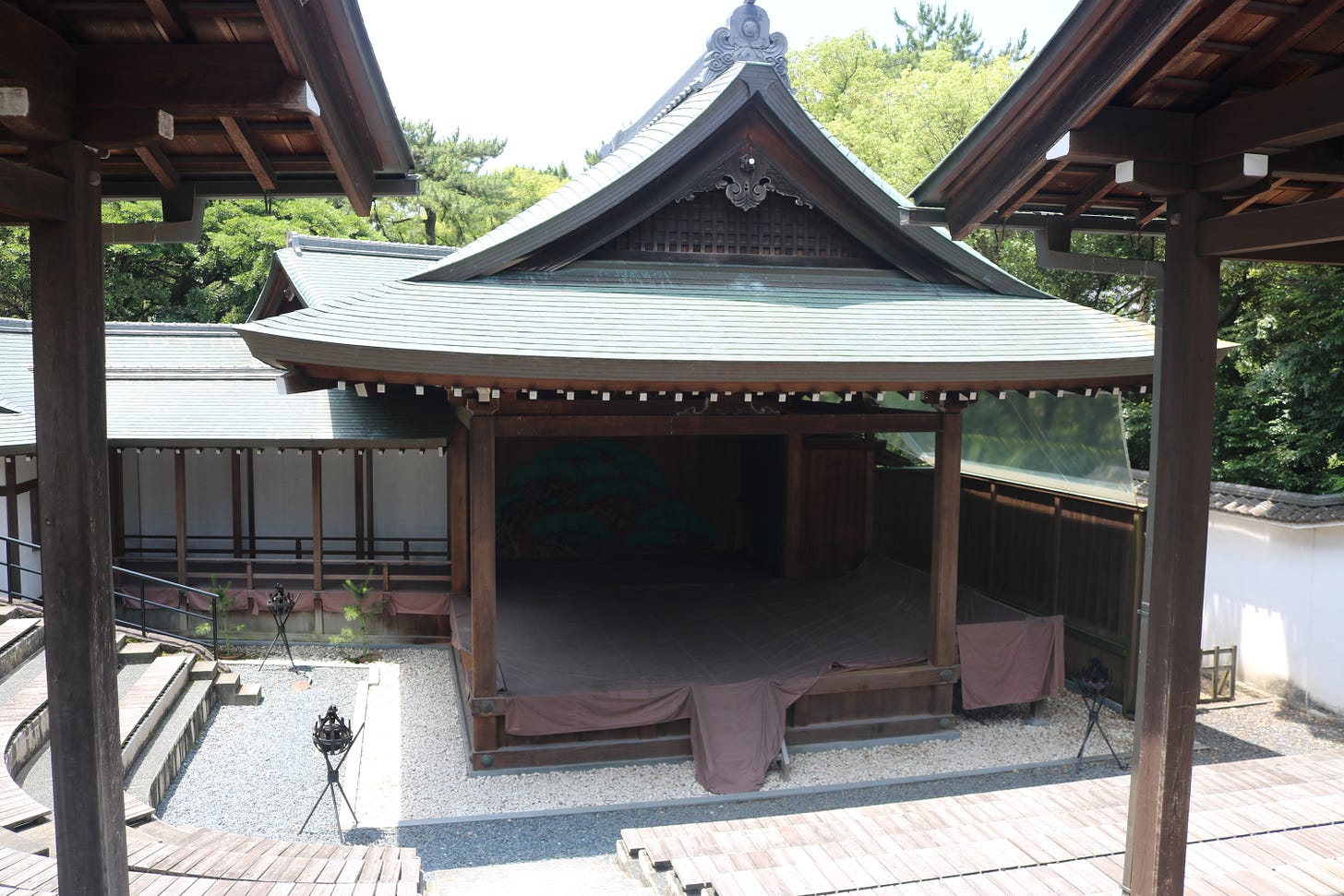
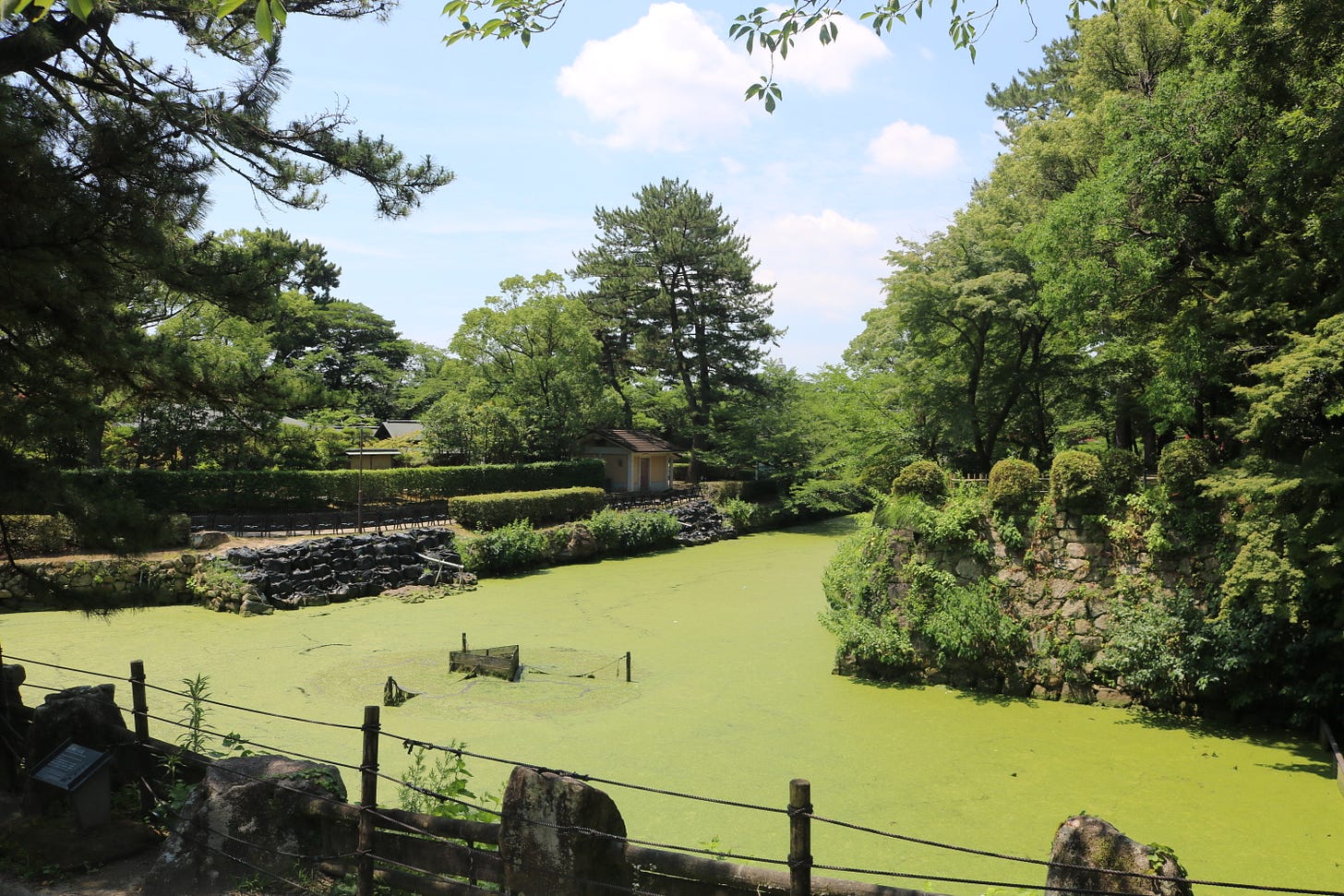
If you are still in the Nagoya area I recommend the Toyota Automobile Museum, which we visited more or less this time a year ago and which I wrote about here - https://lessknownjapan.substack.com/p/planes-trains-and-automobiles-in?r=7yrqz